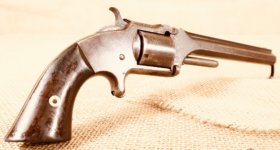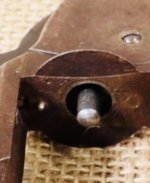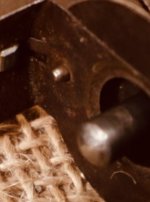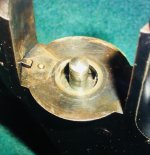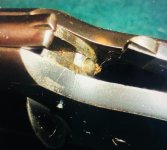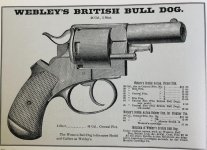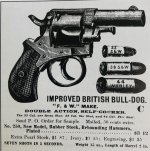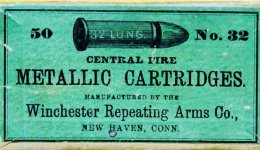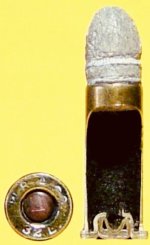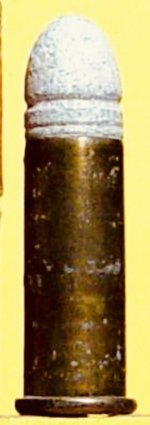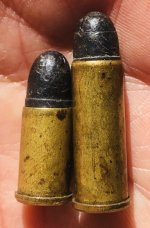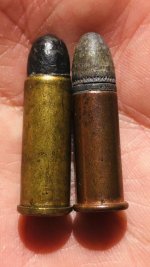Yes, it's been altered. No, it's not factory.
The Conversions are very interesting to me since they were more often period altered to centerfire for more reliable discharge.
I'm just wondering if anyone has seen one of these before.
This one was machine altered with a floating firing pin. Extremely well done.
Conversions were very common during the 1870's timeframe. I'm wondering if this was part of a contract?
I've documented several contracts but never for the Number 2 Army. Even the SFPD altered several Colt conversions to centerfire around the turn of the century.
Murph
The Conversions are very interesting to me since they were more often period altered to centerfire for more reliable discharge.
I'm just wondering if anyone has seen one of these before.
This one was machine altered with a floating firing pin. Extremely well done.
Conversions were very common during the 1870's timeframe. I'm wondering if this was part of a contract?
I've documented several contracts but never for the Number 2 Army. Even the SFPD altered several Colt conversions to centerfire around the turn of the century.
Murph
Attachments
Last edited:

